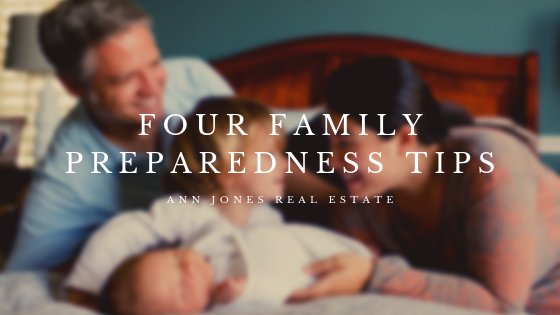
1. Awareness: If you have a cell phone, it is set up to send you Wireless Emergency Alerts (WEA) warning you of impending danger. Public alerts will also come through your television.
2. Establish family meeting spots: It’s important to stick together in an emergency. You will need four different meet up places: (a) In the event of a natural disasters, like a tornado or a hurricane, there needs to be an in-home meeting spot in (a) a windowless room, closet or bathroom, a safe room, or a basement. (b) There needs to be a pre-determined neighborhood meeting spot; i.e., a tree, the end of a driveway, or a neighbor’s house. (c) A regional meeting spot is needed; i.e., a school, a church, a community center, or a relative’s house. (d) In case of an evacuation, you will need an out-of-town meeting spot; i.e., the home of relatives or friends, a hotel, or a landmark.
3. Develop a family communication plan: In emergency situations, cell phones and text communication usually work better than email and landlines. Make sure everyone has everyone else’s contact information, including out of town contacts.
4. Everyone will need proof of identification: name, Social Security, blood type, medical information, medical contacts, medical insurance, list of needed medications, family contact information, emergency contact persons, etc. One way to do this is for everyone to have an ICE (“In Case of Emergency”) card. See www.GetICECard.com. It is also a good idea to have family member’s ICE information stored in your cell phones.
Information courtesy of http://www.jimsdailyawakenings.com/webdisplay.cfm?jdaid=3030 and edited for clarity.
17,946 total views, 1 views today
